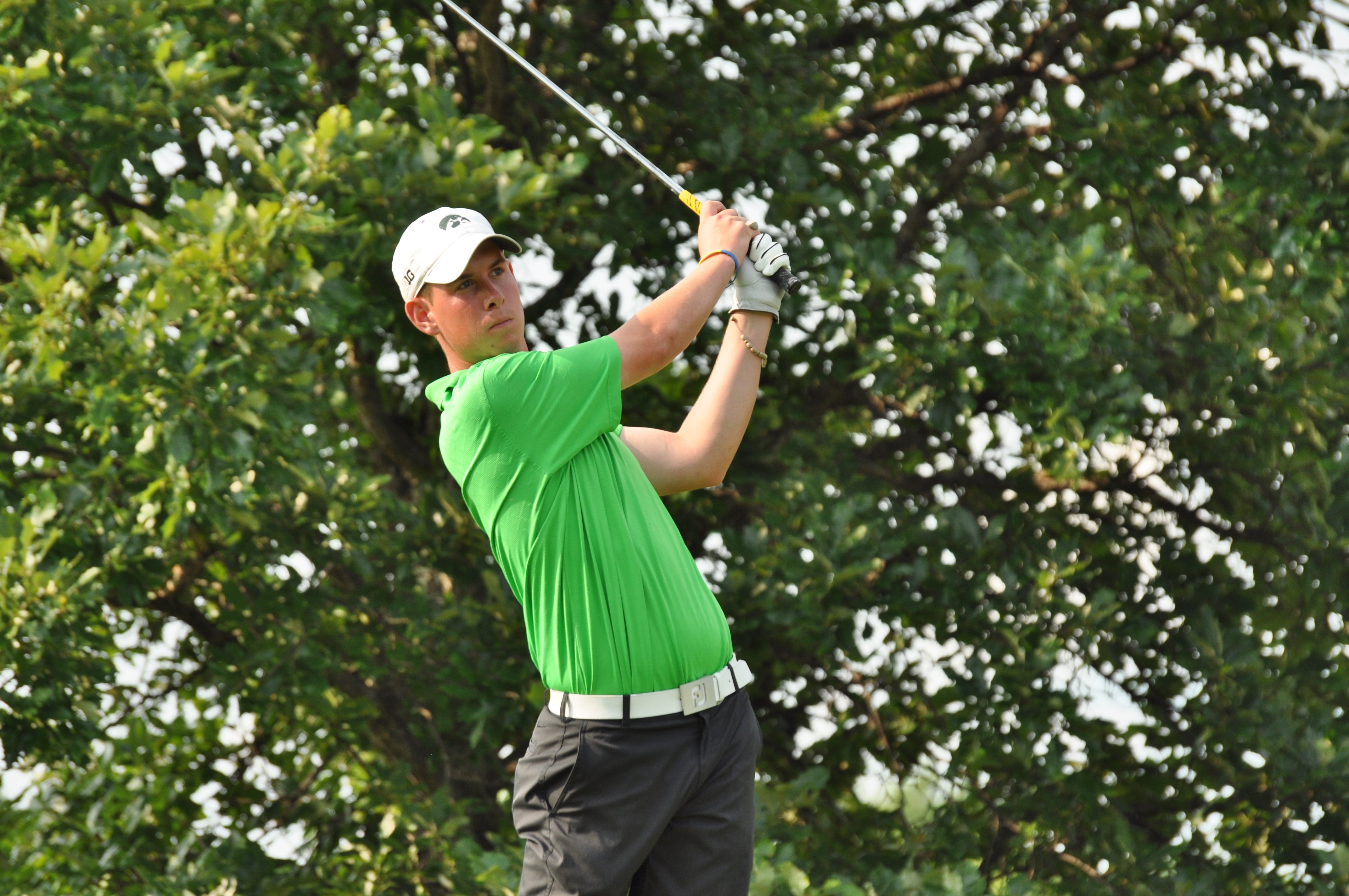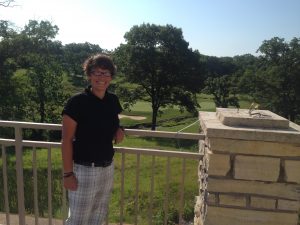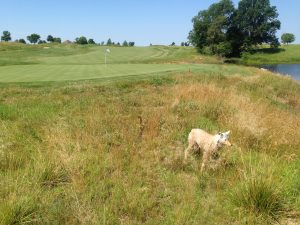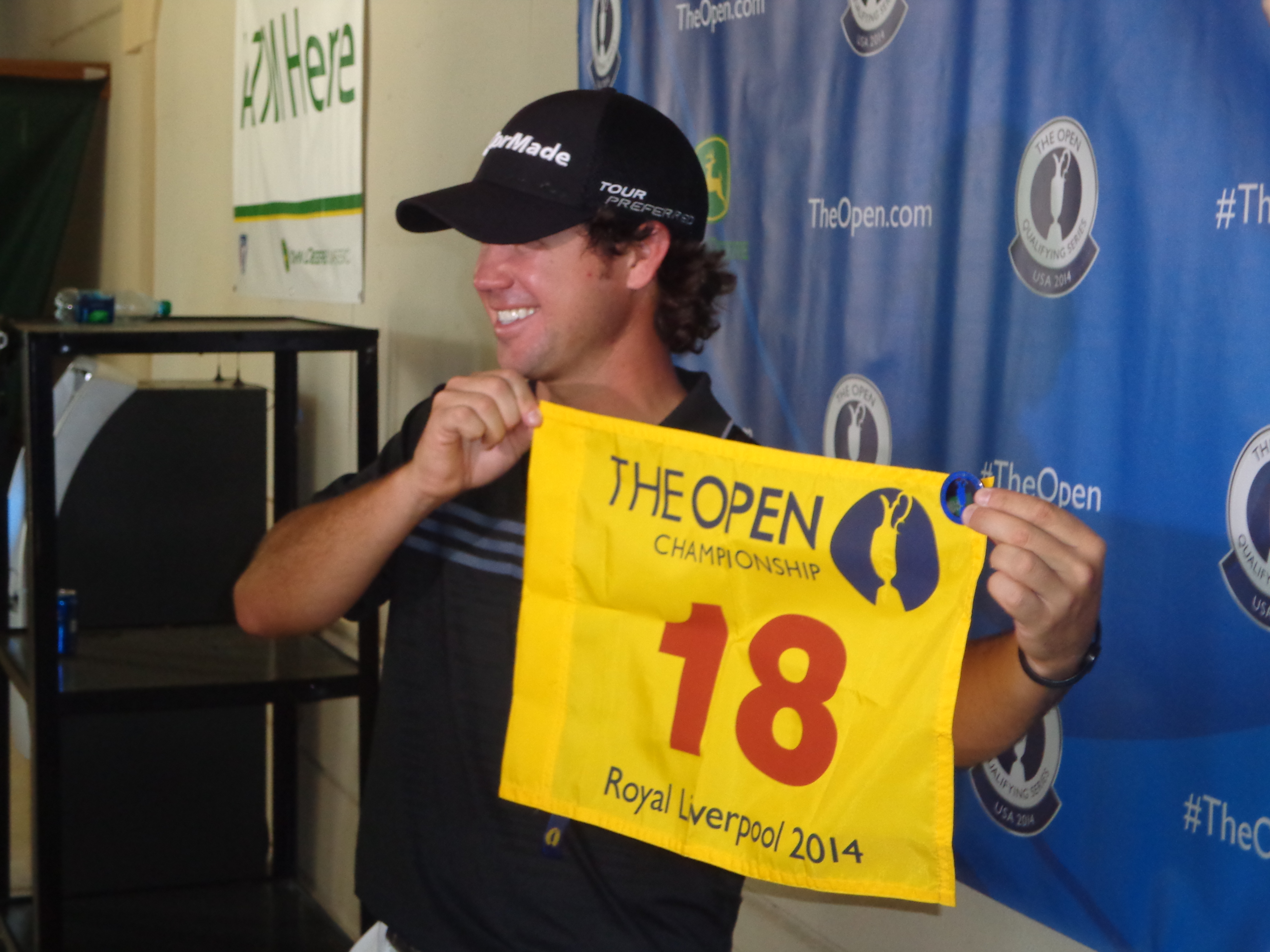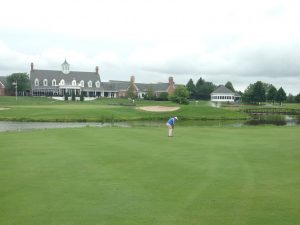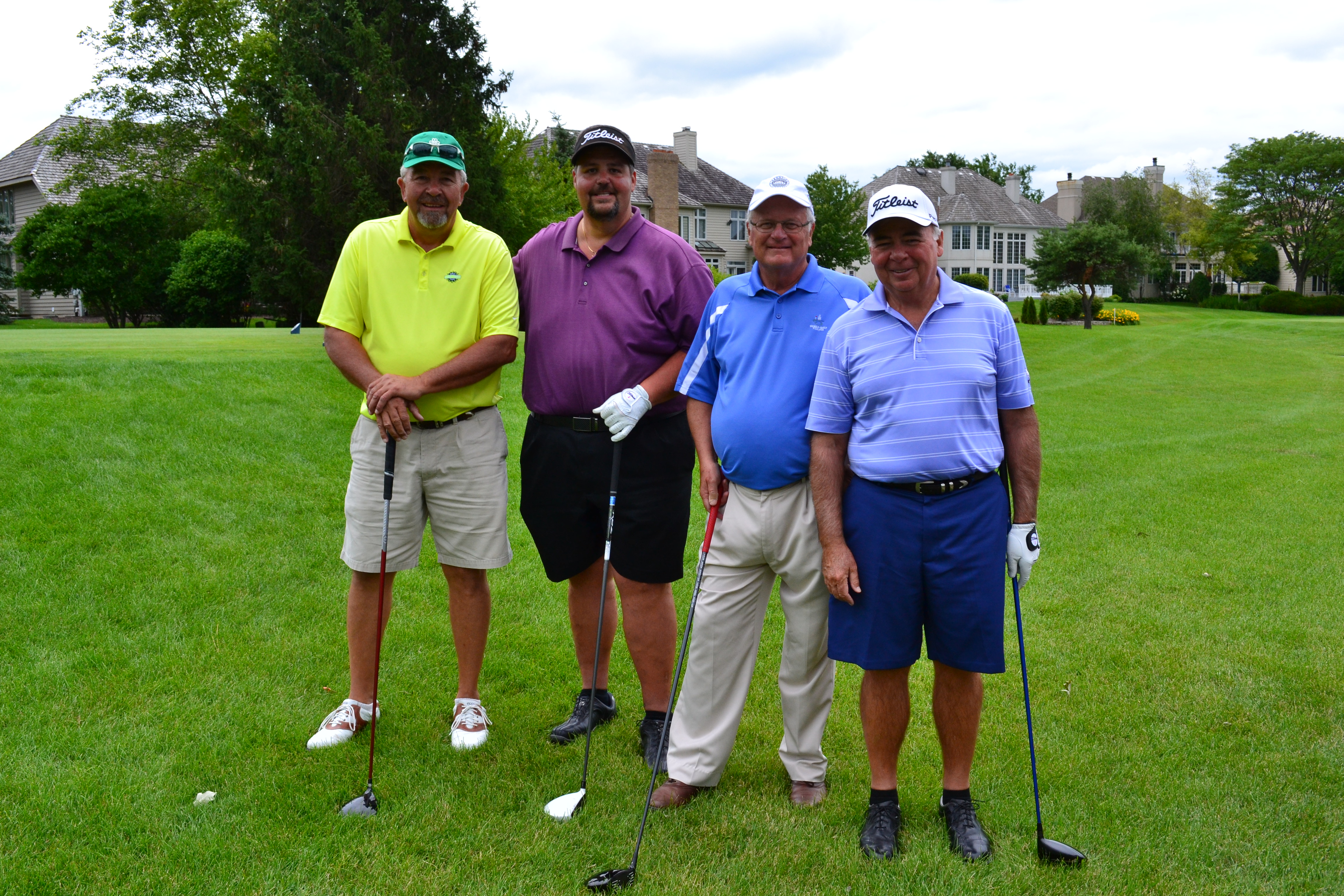The John Deere Classic wasn’t always the John Deere Classic. Illinois’ only visit from the PGA Tour in 2014 had a modest beginning. For starters, it was called the Quad Cities Open and was only a satellite event on the circuit in 1971.
That first event was played on 6501-yard Crow Valley Country Club in Bettendorf, Iowa. Deane Beman – later to become the PGA Tour commissioner – took home a check for $5,000 for winning the first tournament, and Crow Valley got the attention of some prospective home buyers who purchased property around the course.
Things didn’t change much the next year. Beman won again (but this time his check was for $20,000) and there were more home owners around Crow Valley. Beman played one more year, finishing in a tie for sixth in 1973, and Crow Valley hosted two more times, Sam Adams winning in 1973 and Dave Stockton in 1974.
That’s how it all began. The tourney moved to Oakwood Country Club in Coal Valley, IL., the next year and remained until 1999. During its stay there the tourney had a variety of names – the Ed McMahon-Jaycees Quad City Open from 1975-79, the Quad Cities Open again from 1980-81, the Miller High-Life Quad Cities Open from 1982-84, the Lite Quad Cities Open in 1985, Hardee’s Golf Classic from 1986-94, the Quad City Classic from 1995-98 and – finally – the John Deere Classic.
Going back to Crow Valley and Oakwood is always fun. I’ve played both, most recently Oakwood last month. Both are still very nice private clubs, but TPC Deere Run was a big factor in taking the tournament to a new level.
John Deere, the official Golf Course Equipment Supplier of the PGA Tour, became the title sponsor of the tournament in 1999 and the tourney moved to TPC John Deere Run the following year.
For years the tournament, in one of the smallest markets on the PGA Tour, carried on with its future in limbo. That’s no longer the case. Now it’s one of the biggest success stories on the circuit.
The JDC will be held for 44th straight year from July 7-13 with a $4.7 million purse and no worries about the quality of its field. The tourney at first had September dates, in the days before the FedEx Cup playoffs. Lots of top players were reluctant to play after August’s PGA Championship in those days.
Then the JDC was moved to July, but in a time slot a week before the British Open. Many players opted to use JDC week for rest and more leisurely travel across the pond until JDC director Clair Peterson hired a jet to fly them directly to the British Open site a few hours after the last putt dropped at TPC Deere Run.
Peterson made that innovative move seven years ago, and the field has been solid ever since. This year’s has the most exciting young player in golf, 20-year old Jordan Spieth, as its defending champion and popular past champions Steve Stricker and Zach Johnson return as well.
TPC Deere Run is located in Silvis, IL. Like Oakwood, the course is on the outskirts of the Quad Cities – officially comprised of Moline and Rock Island in Illinois and Davenport and Bettendorf in Iowa.
Those Mississippi River towns roughly two hours west of Chicago have a combined 375,000 residents. Last year’s John Deere Classic helped raise $6.3 million for 467 charities in the Quad Cities area, ranking it first overall on the PGA Tour in per capital contributions. Since 1971 the tournament has helped raise $55.38 million for charity. Golf has indeed been good to the people of the Quad Cities.
“We’re so fortunate to have a golf course like this and an operation like this,’’ said Peterson. “Deere Run is one of the great venues on the Tour.’’
This year there was one significant change in the ranks. Alex Stuedemann is now the head superintendent, replacing Paul Grogan who has moved into retirement but is still involved.
Otherwise, it’s efficient business as usual with Laura “Divot’’ Ekizian heading the 1,400 tournament volunteers for a staff that is headed by Peterson, director of sales and operation Sally Welvaert, assistant tournament director Andrew Lehman, office manager Vickie McWhorter, administrative assistant Sara Stalf, Birdies for Charity leader Kristy Kethcham Jackson and Amy Orendorff, manager of charity development and services.
“This is truly a team of professionals, and they’re passionate about what they do and they’re committed to doing it the right way,’’ said Ekizian. “Within the PGA Tour ranks they’re respected for the results they bring year in and year out.’’
Peterson’s jet will fly to the British Open again, this time to Royal Liverpool, and his longstanding sponsor exemption policy has bolstered the tournament as well.
`We have a proud history of giving elite young players an opportunity to test their games against the highest level of competition,’’ he said. “By doing so, the tournament gives its loyal fans a glimpse of the PGA Tour’s future stars.’’
Provide a helping hand to a young player in need, and he’ll tend to remember that kindness down the road. That was never more evident this year, when Spieth prepared to defend his first PGA Tour title. He had received a sponsor’s exemption in 2012 when Johnson emerged the JDC champion.
Spieth would have received another invitation last year had he needed it, but he got into the 156-man field off his own record and the 19-year old went on to become the youngest winner of a top-level professional tour event in the last 80 years. He outplayed Johnson and Canadian David Hearn in a five-hole playoff after holing a bunker shot on the last hole of regulation play to stay in contention.
“There’s no way I win last year without that opportunity the year before,’’ said Spieth. “There’s no way that I’m able to feel comfortable and make the adjustment on the PGA Tour so quickly without the few starts I was given….This is just a very, very special tournament close to my heart, not because I won. It already was before that. This tournament just does it right. I love coming to the Quad Cities. There’s nowhere that has people this nice.’’
Johnson, a JDC sponsor exemption in 2002 and 2003, is on the tournament board of directors and has sponsorship from the tournament. Others who received invites to play in the Quad Cities include Justin Leonard (1994), Tiger Woods (1996), Matt Kuchar (2001), Jason Day (2006) and Patrick Reed (2013). Their careers have blossomed, and this year Peterson has given exemptions to four college stars – Stanford’s Patrick Rodgers and Cameron Wilson, Oklahoma State’s Jordan Niebrugge and Iowa’s Steven Ihm.
Rodgers is the world’s No. 1-ranked amateur. Wilson, ranked No. 2, won this year’s NCAA individual championship.
